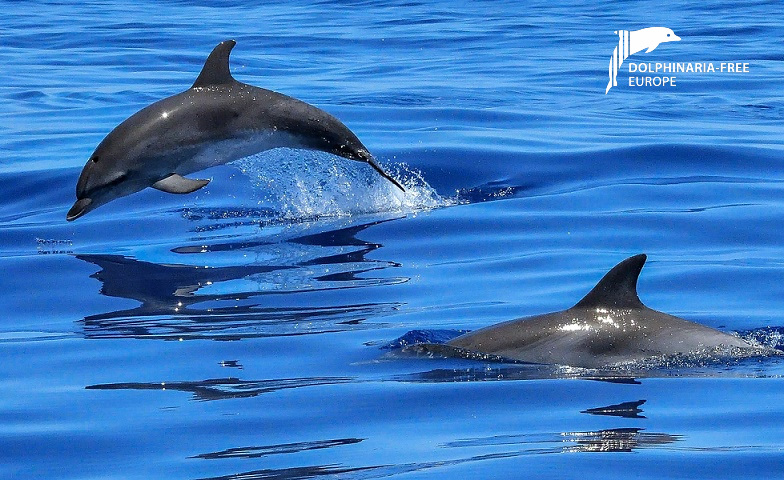
Overview
The practice of displaying captive cetaceans to the public is undergoing an evolution. From happy circus clowns in the 1950s and 1960s, to serious environmental ambassadors in the 1980s and 1990s, to miserable intelligent beings in the 2010s, the public’s image of aquarium and theme park dolphins and whales has changed. Since the release of the documentary films The Cove in 2009 and Blackfish in 2013, the public has increasingly viewed the practice of keeping cetaceans captive in a negative light. Orcas in particular are now seen as profoundly suffering in captivity, which is reflected in the decline of visitorship and revenue at aquariums and theme parks displaying this species.
Consequently, sanctuaries, meant to house captive cetaceans retired from performance in natural coastal areas (henceforth called seaside sanctuaries), are now being considered as alternatives for these former entertainers. A sanctuary for any species – not to be confused with natural habitat that has been set aside as a protected area for free-ranging populations – is a place of refuge where captive wildlife may live in a setting as close as possible to natural habitat and remain protected and attended by caregivers and veterinarians, where their well-being and autonomy, as individuals, is a priority. Such sanctuaries are in essence retirement facilities for animals rescued or removed from zoo display, circuses, laboratory use, the exotic pet trade, and other situations. Authentic wildlife sanctuaries do not breed their residents nor use them for commercial purposes.
Wildlife sanctuaries have existed for many years for terrestrial species, including elephants, big cats, bears and primates. Therefore, the general blueprint for a land-based sanctuary has been available and operational for decades. However, until recently no seaside sanctuary existed because the marine environment has a number of elements that make setting aside, and enclosing, part of it legally, economically and logistically complex, more so than for a parcel of land.
However, despite these potential challenges, seaside sanctuaries as envisioned fit the general model for terrestrial wildlife sanctuaries. Seaside sanctuaries would be natural areas (such as bays or coves), enclosed by nets, where cetaceans formerly held for display or research, unable or unwilling to return to a life of full independence in the wild, can be retired and allowed to behave in more natural and socially compatible ways. Several projects, for warm-water dolphins and cold-water whales, are now in various stages of development and in June 2019, the first beluga whale sanctuary was established in Heimaey, Iceland to accommodate two beluga whales from a captive facility in China.
This summary of the seaside sanctuary concept and these projects is intended to inform the public, the media, government officials, academics, and any other interested parties of the general requirements for seaside sanctuaries and the current status world-wide of making the concept a reality.
READ THE REVIEW IN FULL BELOW
Seaside Sanctuaries : A Concept Review

